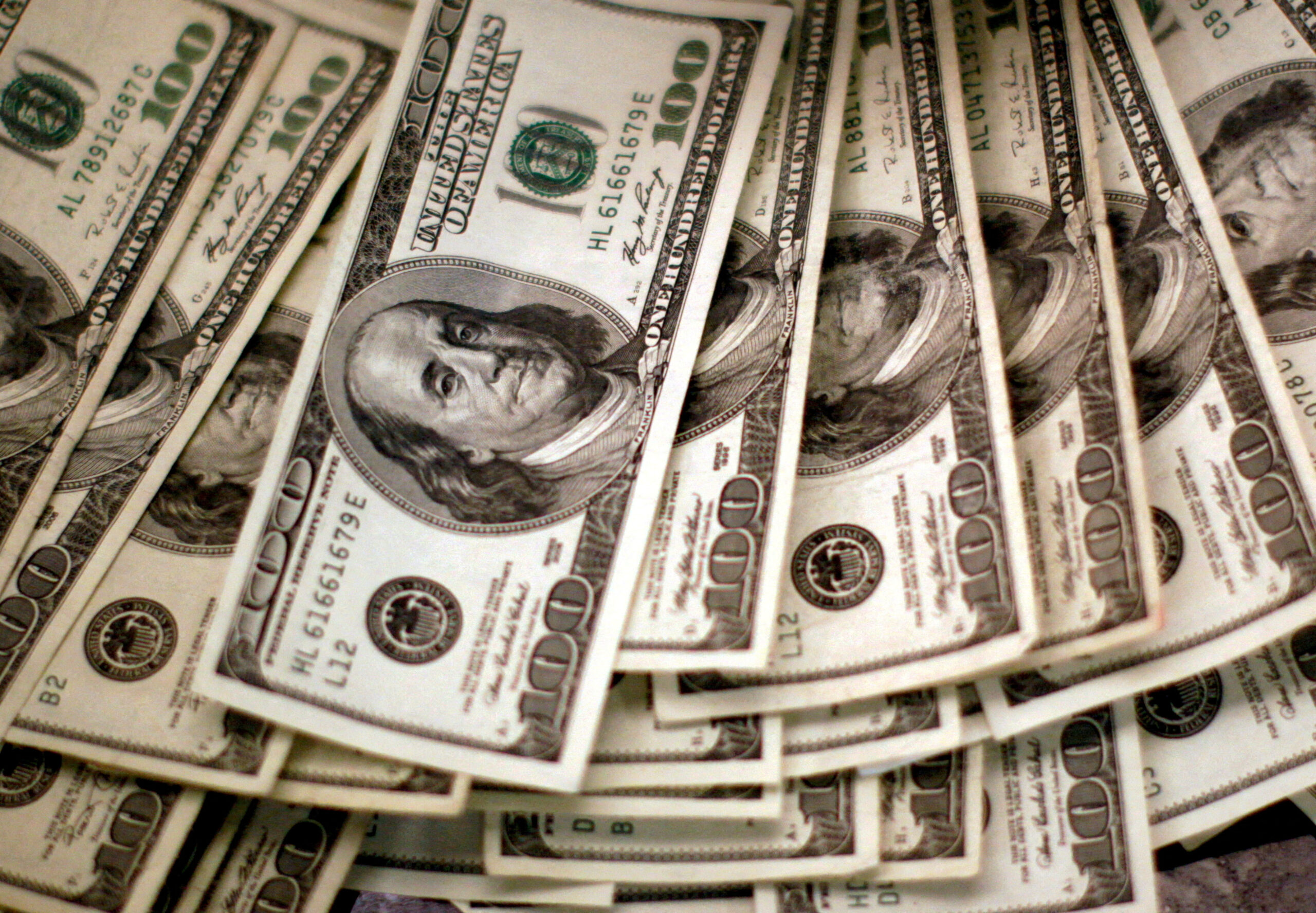PH attracts net ‘hot money’ inflow of $96.59M in Nov

FILE PHOTO: Four thousand U.S. dollars are counted out by a banker counting currency at a bank in Westminster, Colorado November 3, 2009. REUTERS/Rick Wilking/File Photo
MANILA, Philippines — Flighty foreign funds returned to the Philippines in November, with government debt securities attracting most of the investments and offsetting the outflows in the local stock market after Donald Trump’s second election rattled global equities.
Latest data from the Bangko Sentral ng Pilipinas (BSP) showed foreign portfolio investments (FPI) yielded a net inflow of $96.59 million in November, a reversal from the $529.68-million net outflow recorded in the preceding month.
READ: ‘Hot money’ inflows doubled in September
But compared with a year ago, the net inflow last month plummeted by 85.6 percent.
Also known as “hot money” because of their tendency to leave at the first sign of trouble, FPIs are highly sensitive to developments at home and abroad unlike firmer commitments such as foreign direct investments, which tend to stay longer and can generate jobs for Filipinos.
A net inflow means more of these short-term foreign funds entered the country against those that left.
Bonds vs stocks
Explaining the November results, the central bank said gross inflow of hot money jumped by 25.8 percent month-on-month to $1.86 billion.
Of that amount, 71.4 percent went to peso-denominated government securities like Treasury bonds and Treasury bills, which might have become more attractive to foreign funds after yields rose as markets digested the news of Trump’s victory.
The remaining 28.6-percent of inflows were invested in publicly listed companies, with banks, holding firms and real estate receiving most of the fresh funds. Overall, the BSP said most of the FPIs that entered the country in November came from the United Kingdom, Singapore, the United States, Luxembourg and Norway.
On the flip side, a total of $1.76 million hot money exited the Philippines, down by 12.2 percent. The US remains to be the top destination of outflows, receiving $914.20 million or 51.8 percent of total capital that left the country.
Latest data from the Philippine Stock Exchange showed the main index fell by 7.4 percent month-on-month in November, with foreigners selling P23.08 billion more shares than they bought in the local equities market last month amid uncertainties over the second Trump administration’s impact on the global economy.
From January to November, the BSP said the Philippines posted a hot money net inflow of $2.59 billion, still below the $4.2 billion forecast of the central bank.
